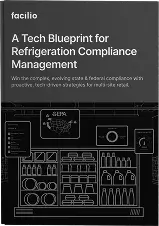Fault Detection and Diagnostics (FDD) tools automate investigation into the abnormal performance of building systems. As a core component of Energy Management and Information Systems (EMIS), these tools simplify energy analysis and make results more accessible.
Thanks to impressive potential to realize energy savings up to 30%, FDD has captured early interest in an industry that's traditionally not very tech-savvy.
But there are still several bottlenecks slowing its adoption.
What are the core attributes to consider?
We developed a simple framework to capture key elements that you can use to assess various FDD solutions. The categories in the framework touch upon attributes spanning delivery model, software location, flexibility, operational intelligence, and total cost of ownership
Let's discuss each separately.
Product vs Service
Choosing an FDD product versus a service should be decided according to two prime factors— - availability of time, and technical resources. As the system that predicts and alerts you to performance anomalies, you should expect your solution to require minimal technical expertise. But technical knowledge is often perceived as an obstacle to choosing a product over service, and many people believe that the learning curve on analytics is pretty steep in the former. (Modern FDD frameworks are fast-evolving to overcome efficiency bottlenecks—no big picture, lack of control, specialized skills gap—more on this in a later section).
On the flip side, with an FDD service, you'll be bound by your service provider and will miss out on ownership of data for precise evaluation of your overall operational performance. A product can give you visibility and freedom to understand property performance in multiple ways.
Cloud vs. On-prem



